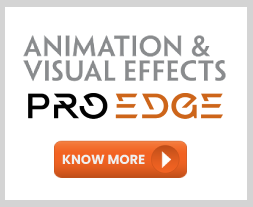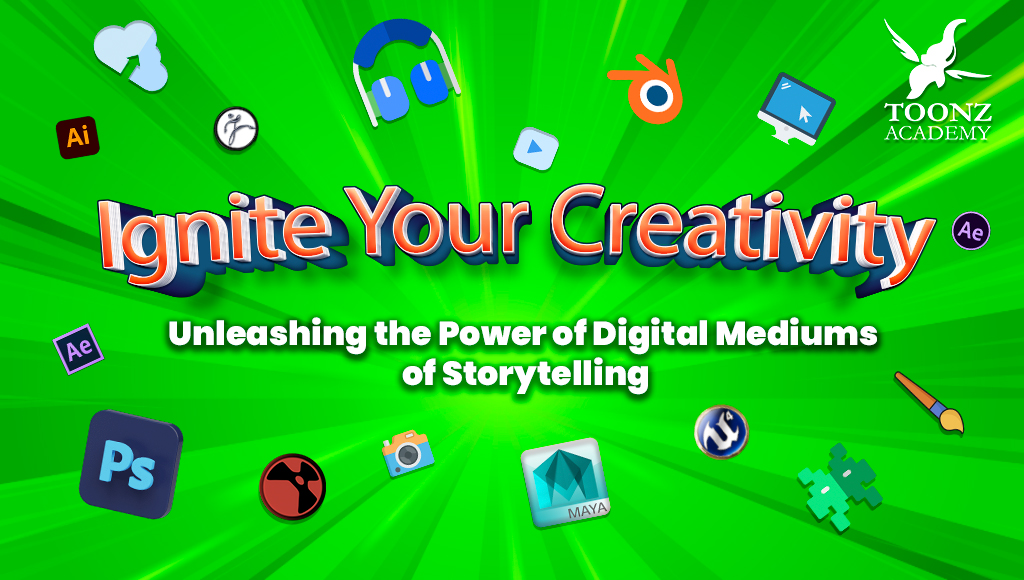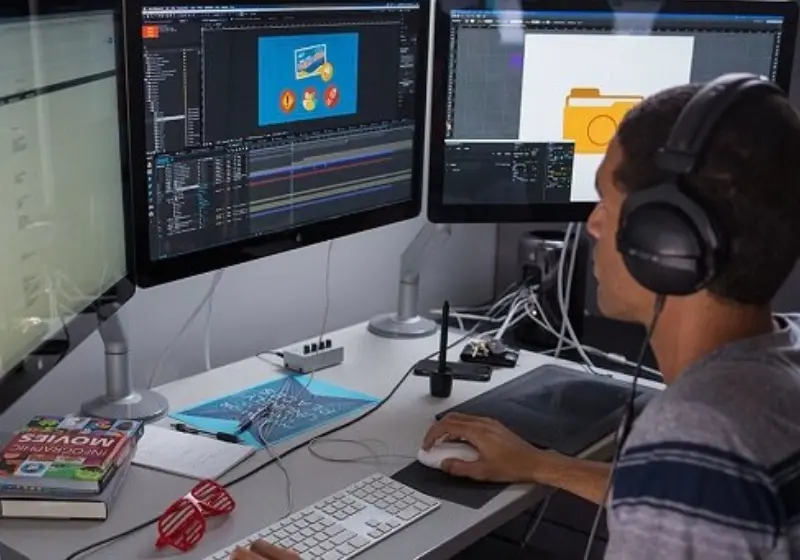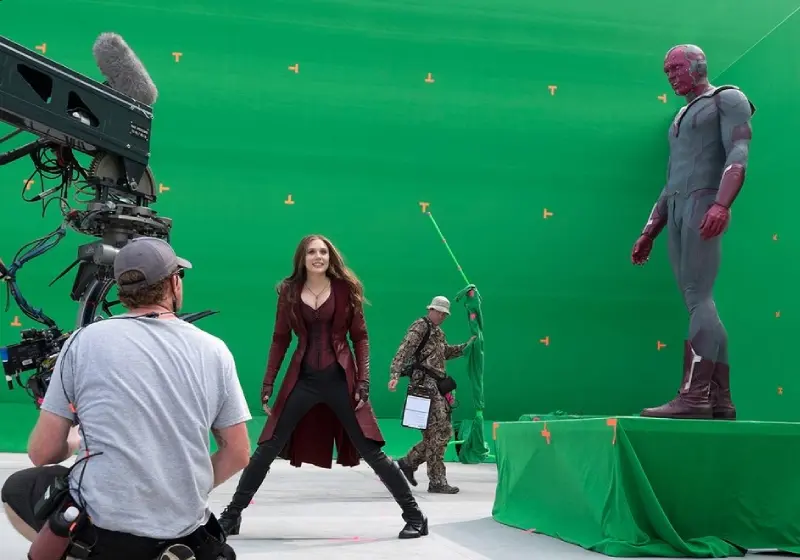Digital Mediums of Story Telling
Creativity knows no bounds, and in the ever-evolving world of animation, motion graphics, animation & visual effects, the possibilities are limitless. Whether you are an aspiring artist, a seasoned designer, or simply someone fascinated by the captivating realm of visual storytelling, delving into the world of digital story telling can be a transformative journey. Let’s start exploring the exciting realm of unleashing creativity through the powerful mediums of animation, motion graphics & visual effects.
Digital story telling methods like animation, motion graphics & visual effects serve as the canvas for expressing imagination in ways that were once unimaginable. The digital medium allows artists to break free from the constraints of traditional art forms, enabling the creation of dynamic and interactive visuals that can engage and captivate audiences like never before.
Animation, motion graphics, and visual effects (VFX) play pivotal roles in elevating digital storytelling by infusing narratives with dynamic and visually compelling elements. These creative tools enhance engagement, captivating audiences and fostering immersive experiences that sustain viewer interest throughout the storytelling process. Enabling visual storytelling, these elements provide potent means for expressing complex ideas and emotions beyond the constraints of traditional mediums, transcending language barriers to communicate universally. Fueling creativity and imagination, animation and visual effects empower storytellers to breathe life into fantastical worlds and characters, particularly in genres like fantasy and science fiction where realistic boundaries are surpassed. They contribute significantly to the emotional impact of a story by manipulating visuals to evoke specific feelings, whether through enhancing dramatic scenes with visual effects or employing expressive character animations.
Additionally, animation and motion graphics simplify intricate concepts for educational or informational content, enhancing clarity and aiding retention. Motion graphics, specifically, contribute to brand identity and recognition, creating a distinctive and memorable visual style through animated logos and transitions. These creative elements enable dynamic storytelling by allowing creators to play with time, space, and perspectives, enhancing the narrative structure and surprising the audience with unexpected transitions. From a technical standpoint, visual effects are indispensable for enhancing realism, creating lifelike environments, simulating natural phenomena, and seamlessly integrating computer-generated elements with live-action footage. In a landscape where attention spans are fleeting, animation and motion graphics prove essential for grabbing and holding viewer attention, making content more shareable and memorable in the digital realm.
How to Shape a Career in Digital Story Telling?
Shaping a career in digital storytelling mediums such as animation, motion graphics, and visual effects involves a combination of education, skills development, networking, and building a strong portfolio.
Start by obtaining a relevant education in animation, motion graphics, or visual effects. A few other important points are listed below.
- Acquire proficiency in the necessary software tools used in animation, motion graphics, and visual effects. Familiarize yourself with industry-standard software’s such as Adobe After Effects, Autodesk Maya, The Foundry Nuke, and others.
- Create a portfolio showcasing your best work. Include a variety of works that highlight your skills and versatility. Your portfolio is a key tool for demonstrating your capabilities to potential employers.
- Attend industry events, conferences, and meetups to network with professionals in the field. Building connections with fellow artists, animators, and industry insiders can provide valuable insights, job opportunities, and collaborations. Join online communities and forums to engage with the industry virtually.
- Gain practical experience through internships or entry-level positions in animation studios, production houses, or design agencies. This hands-on experience will not only enhance your skills but also give you exposure to the industry’s working dynamics.
- Stay updated on industry trends and technological advancements. The field of digital storytelling is dynamic, and ongoing learning is crucial. Attend workshops, take online events, and explore new techniques to remain competitive.
- Consider specializing in a specific area within animation, motion graphics, or visual effects. Specialization can make you stand out and become an expert in a niche, such as character animation, 3D modeling, compositing, or special effects.
- Establish a strong online presence by showcasing your work on platforms like Behance, ArtStation, Pintrest or a personal website. This makes it easier for potential employers or clients to discover your creative talent.
- Digital storytelling often involves collaboration with other professionals. Develop strong communication and collaboration skills, as well as the ability to adapt to different project requirements and styles. Use Social media platforms to connect with industry professionals.
Remember that building a career in animation, motion graphics, or visual effects is a gradual process. Be persistent, open to learning, and passionate about refining your craft to succeed in the dynamic and creative field of digital storytelling.
Join the revolution of character designing in animation film making ! Discover more at Toonz Academy !




